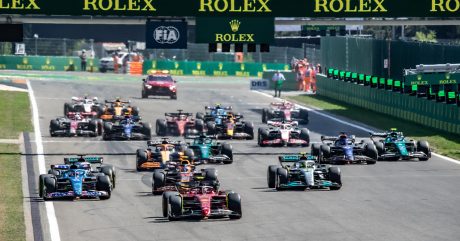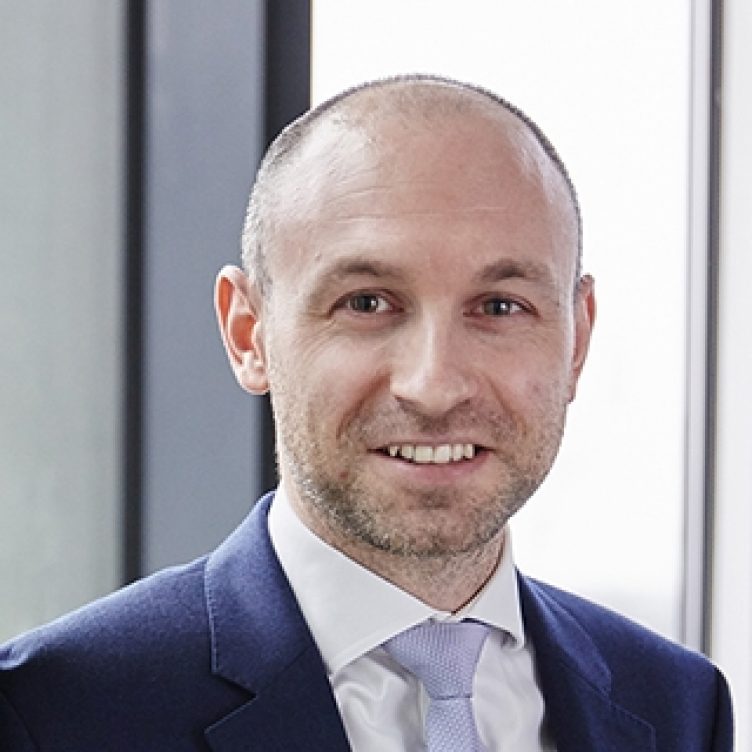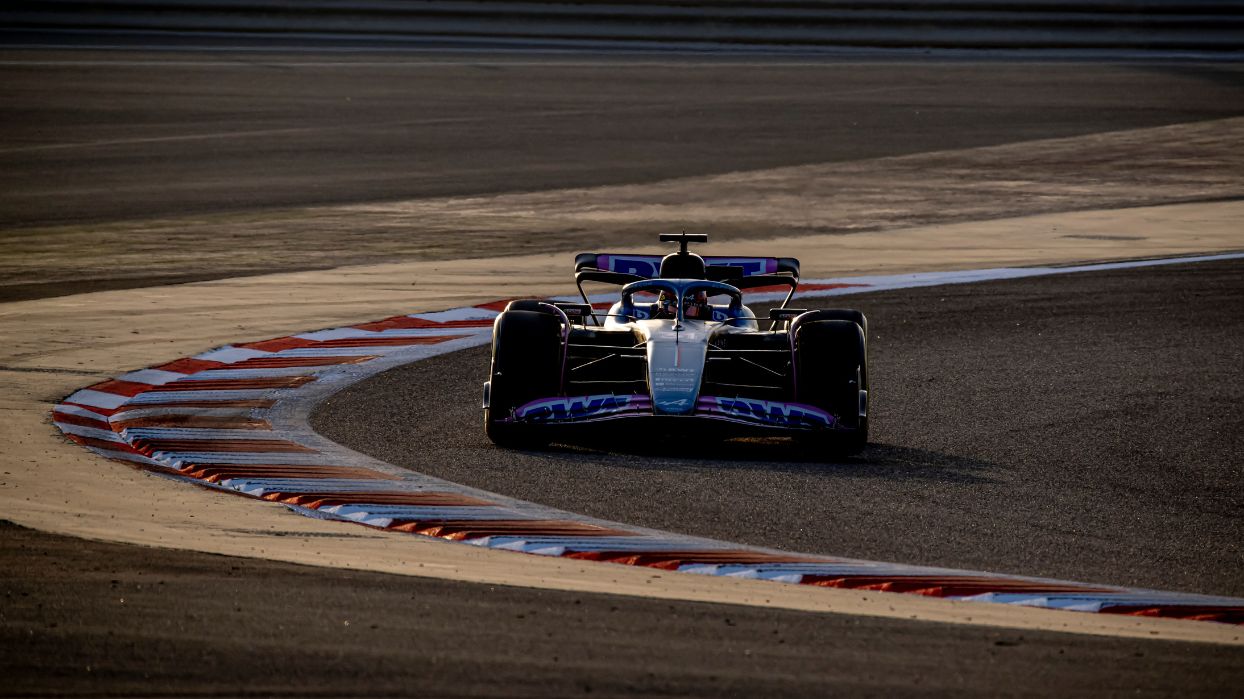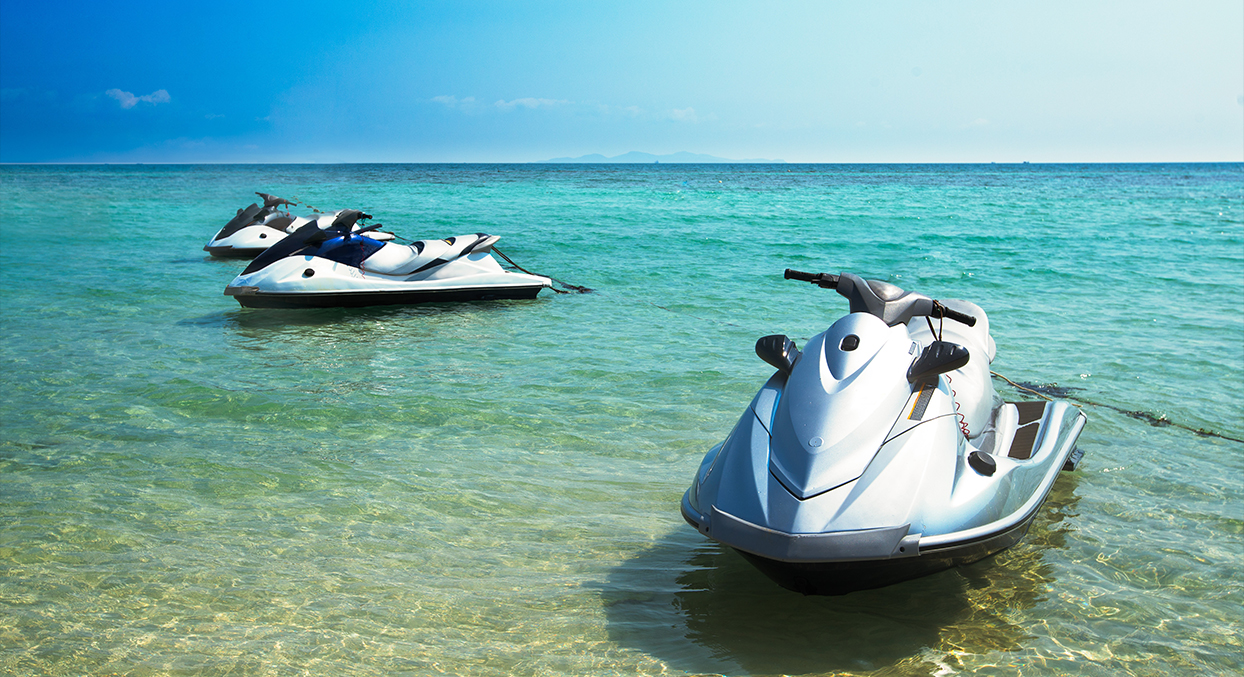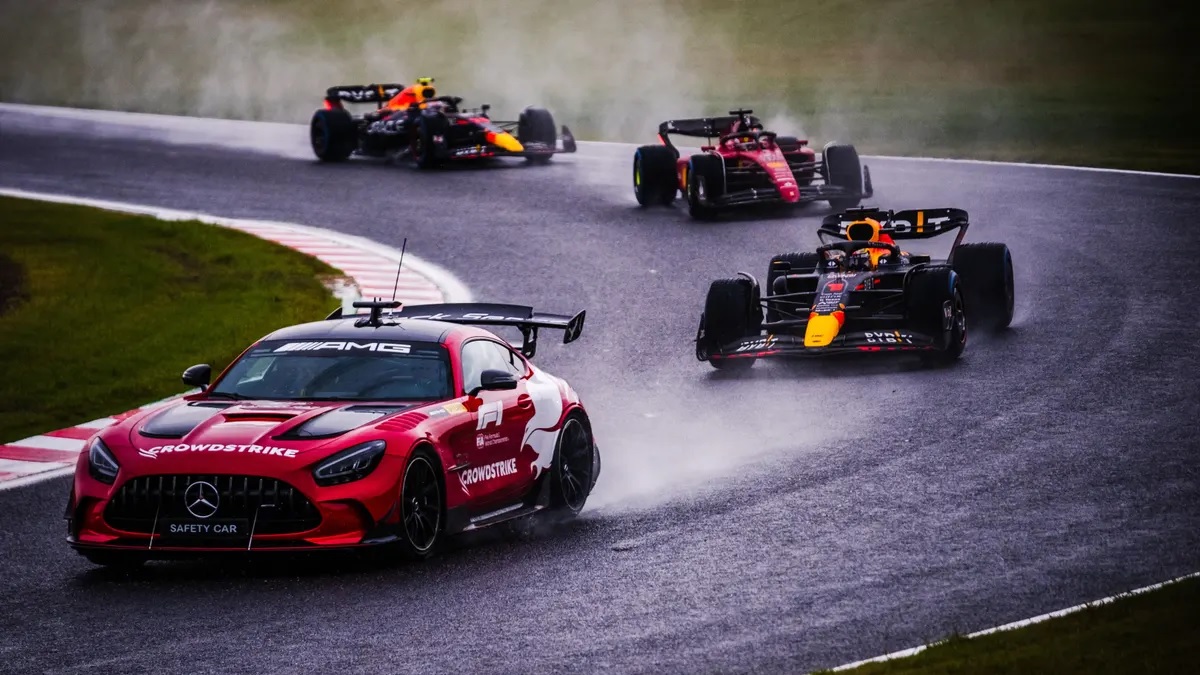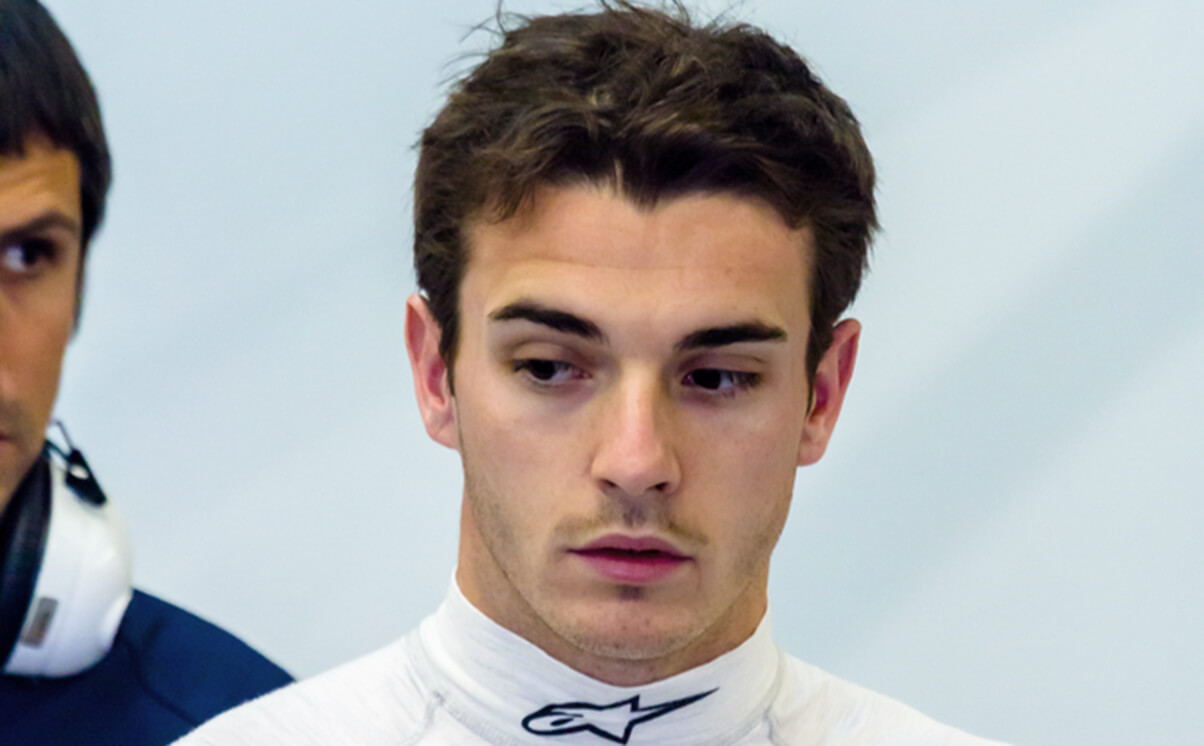On 28 July 2023, George Russell, Mercedes Formula One driver and a director of the Grand Prix Drivers’ Association, called for the Fédération Internationale de l’Automobile (FIA) to make responsible decisions on continued racing at the Spa-Francorchamps circuit (“Spa”) ahead of the weekend’s Belgian Grand Prix.
A letter sent to the FIA and Formula Motorsport Ltd in November 2021 by Stewarts on behalf of Juan Manuel Correa, Formula 2 driver who sustained life-changing injuries in an accident at the Belgian Formula 2 Grand Prix on 31 August 2019, and which tragically resulted in the death of his fellow driver, Anthoine Hubert, highlighted key safety issues with the circuit at Spa, which has a long history of serious incidents including 49 fatalities.
The letter noted that the specification of the safety barriers at the Eau Rouge-Raidillon section of the track is of heightened concern given the track geometry and increased risk of drivers being catapulted back into the path of approaching cars. In Juan Manuel’s case, this resulted in a high speed, catastrophic T-bone collision.
Despite these safety concerns, and others, being shared with the FIA in 2021, the barriers at the Eau Rouge-Raidillon turns remain unchanged and no steps were taken to improve the circuit layout for the safety of drivers.
The FIA recognised in its accident report following the 2019 Belgian Grand Prix that the reduction of line of sight for approaching cars due to the circuit geometry, specifically elevation change at the Eau Rouge-Raidillon turns, was a contributory factor in the 2019 accident, impacting on Juan Manuel’s ability to assess and react appropriately in response to the incident unfolding ahead of him.
This track section is known for its steep ascent and lack of visibility before a sharp left bend, and at one of the fastest sections of the track where drivers reach speeds of over 260 kilometres per hour. Visibility issues are heightened in poor weather conditions, as was the case at Spa during much of the past weekend including in Saturday’s Sprint race.
Multiple drivers have spoken out about the visibility issues at Spa and the broader safety concerns around the circuit. It is understood that shock-absorbing crash barrier technology is available, but was still not being used at the Eau Rouge-Raidillon turns at Spa this year.
Comment
Christopher Deacon, partner in the International Injury team at Stewarts and who represents Juan Manuel, comments: “It is shocking that drivers are still being put at risk and were forced to speak-out ahead of a Grand Prix race meeting about the ongoing safety concerns at Spa. The tragic loss of the young Dutch driver Dilano van ’t Hoff in the Formula Regional European Championship in early July 2023 begs the question how many more drivers will be killed or suffer life-changing injuries before the FIA and other motorsports stakeholders finally take meaningful safety action.
At a notorious section of the track where drivers are at an increased risk due to the track’s layout, there is a strong argument that there should be enhanced safety measures in place, in particular relating to the safety barriers. Not only did the FIA appear to recognise this in its accident report following the 2019 crash, this is also a specific requirement of the FIA’s International Sporting Code. Yet still we see that drivers at the highest levels of international motorsport do not feel safe racing at Spa.”
Further information
Stewarts successfully represented Juan Manuel Correa in his application for disclosure of the FIA accident report and footage following the Belgian Formula 2 Grand Prix 2019. The FIA had initially failed to provide Juan Manuel with a copy of the accident report and footage to enable him to fully understand the circumstances in which he came to be so seriously injured.
Stewarts partners Christopher Deacon and Julian Chamberlayne represented the Bianchi family following Formula 1 driver Jules Bianchi’s fatal collision with a mobile crane at the Japanese Grand Prix 2014. Additional safety measures were taken following mutual discussions with the FIA and other parties to minimise the risk of a similar incident in the future.
On 9 October 2022, just over eight years after Jules Bianchi’s fatal accident, the Japanese Grand Prix saw an aquaplaning incident as Carlos Sainz crashed into the safety barrier and Pierre Gasly was caught up in the aftermath, damaging his car’s front wing and forcing him to return to the pits. As Gasly returned to the track, a tractor could be seen trackside close to the line of racing. Christopher Deacon commented then on “concerns that race organisers and those responsible for operational decisions have not learned crucial safety lessons to prevent a tractor from coming trackside during the race.”
You can find further information regarding our expertise, experience and team on our International Injury page.
If you require assistance from our team, please contact us.
Subscribe – In order to receive our news straight to your inbox, subscribe here. Our newsletters are sent no more than once a month.

